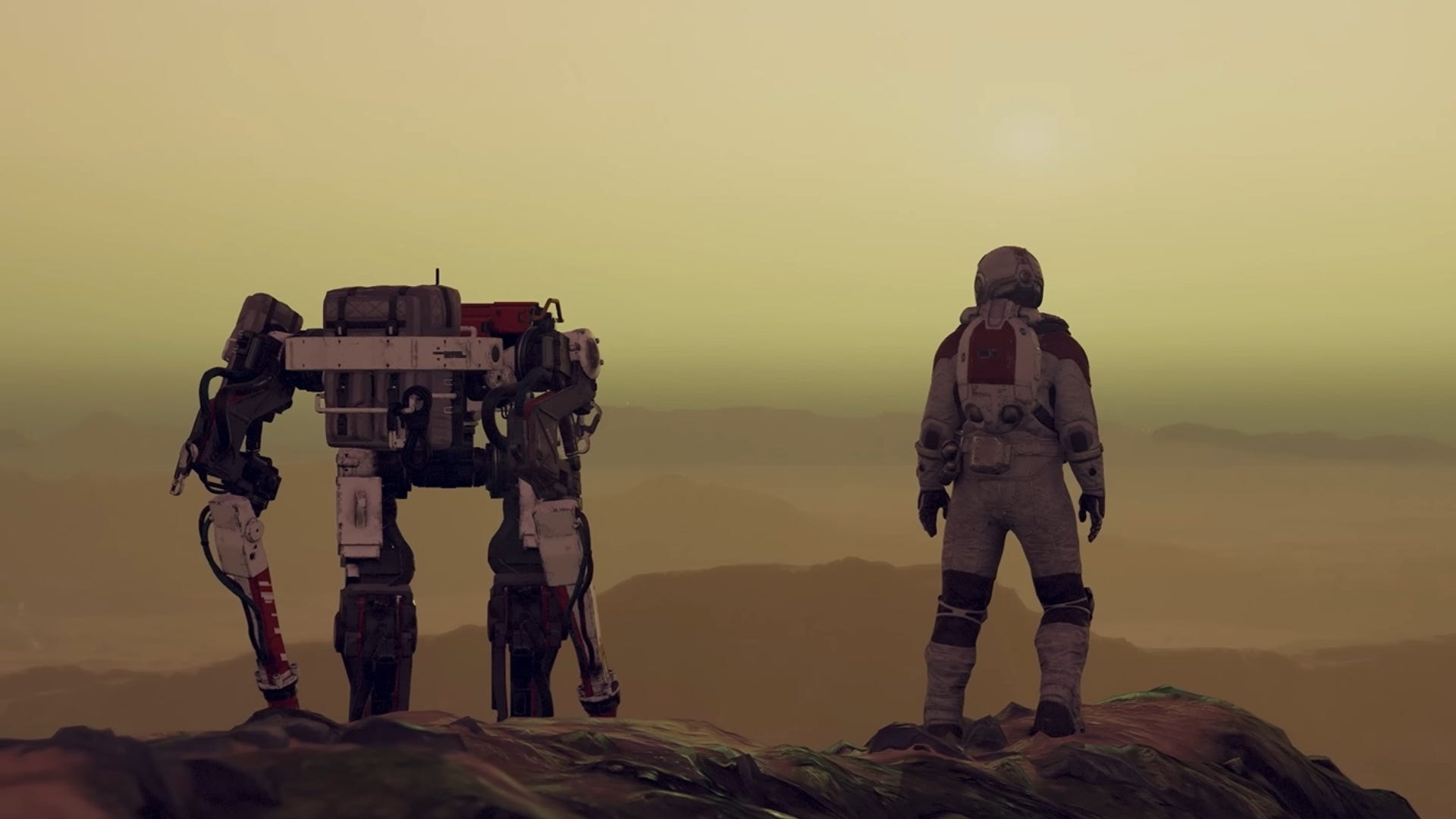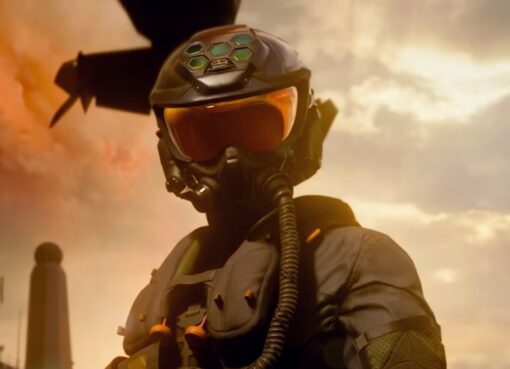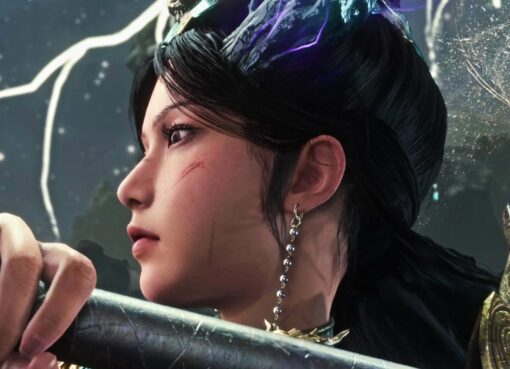Bethesda’s heaping plateful of space-spaghetti Starfield presently rejoices in the status of a Mixed Steam user review rating, with over 80,000 such reviews posted to date. Bethesda High Command are clearly displeased with this, and several unnamed but platform-verified developers have begun replying to and rebutting individual Steam reviewers, giving apparent priority to complaints about the game’s loading breaks during fast travel and when moving between maps.
“While there may be loading screens in between fast travelling, just consider the amount of data for the expansive gameplay that is procedurally generated to load flawlessly in under 3 seconds,” reads one such reply (thanks to Eurogamer for passing this on, and to Juicehead for the original spot). “We believe that shortcoming will not hinder our players from getting lost in the world we created.”
The post also reacts to the criticism that Starfield gets pretty samey by calling attention to how the experience may vary, depending on your progression and dialogue choices. It exhorts the reviewer to try rolling different characters with different specs. “You will feel like you are playing a totally different game,” the post suggests, adding that “there are so many layers to Starfield, that you will find things you’ve never knew were possible after playing for hundreds of hours.” Let’s not forget those endgame options either. “Even after completing the Main Story, your adventure doesn’t end! You can continue onto New Game to keep exploring Starfield and all that is out there!”
“Given the immense size of Starfield, we felt it made more sense to be able to use your Grav Drive to jump to other solar systems,” it reads. “The option to fly freely among planets is still there, and you can travel from one planet to another and land without needing to open your map if you use your scanner.
“However, for an expedition like solar system traversal, jumping is necessary. Remember that fast travel also has its perks as you can do so quickly when trying to complete quests and will always be given visual of your ship launching and landing, thus being able to appreciate all the little details that make your customized ship look unique.”
This particular dev comment also reiterates Bethesda managing director Ashley Cheng’s argument prior to Starfield’s release that the game’s abundance of quest- and building-less planets is designed to create a sense of “overwhelming” vastness and make you “feel small”.
“We are sorry that you do not like landing on different planets and are finding many of them empty,” it reads. “The intention of Starfield’s exploration is to evoke a feeling of smallness in players and make you feel overwhelmed. You can continue to explore and find worlds that do have resources you need or hidden outposts to look through.”
This latter post also tries to defend the game’s NPCs against the accusation of being “dead-eyed” and “boring”, arguing that “to keep Starfield as dynamic as possible, NPCs are not fully scripted so weirdness can ensue sometimes. The goal is to make believable characters on the screen with realistic reactions to your character.” Last but not least, it urges the player in question to get off the critical path. “If you feel that things are getting boring, there is so much more to do than just the main mission!” In conclusion: “Never stop exploring!”
There are quite a lot of these developer responses, some posted as recently as yesterday. Many are copy-and-pasted. I get the impression the customer service teams have basically been told to look busy. It isn’t making much difference to Starfield’s fortunes: at the time of writing, the game has once again fallen behind its indefatigable ancestor Skyrim in the daily Steam player charts. Many of the reviews Bethesda are trying to debate consist of a single sentence. One just reads “Midfield”.
Do you know what, though – I sympathies a bit with the defense of empty planets, albeit for different reasons than those given above. In a game otherwise defined by lashings of loot and bricabrac, there’s something quite cathartic about heading off into the wilds of an uncharted world and finding no Content to feast on.
It’s the first thing I did on the very first planet you visit during the intro – which I think is otherwise one of the least compelling intros I’ve ever sat through – and I found it transformative. No loot or quest markers to worry about: just the changing texture and sound of the procedural terrain underfoot, random pockets of wildlife I could study from afar, a range of porous rock formations and plenty of hills to climb, with nothing to see on the other side but another valleyful of dust and entropy.
What I am essentially saying is: perhaps the planetary exploration aspect of this game is more enjoyable if you play against type and treat it like a walking simulator? I think there’s a lot of artistry to the game’s setting that vanishes in practice because you’re not sufficiently encouraged to perceive it, and no, I’m not just talking about taking photographs of especially glossy objects and obvious setpieces like planets orbiting overhead.
Bringing you the latest news and reviews for games on Steam!




Comment here